
According to the latest innovation survey conducted by KOF ETHZ, Swiss companies are spending more on research and development (R&D) overall than in recent years. However, the number companies investing in R&D is declining.
It seems to have become more difficult and expensive for companies in Switzerland to invest in developing new, innovative products. Many companies are therefore increasingly concentrating on product improvement. At the same time, companies are stepping up their efforts to optimise production processes. These are the results of the eleventh survey on the innovative capacity of the Swiss economy. The survey for 2014-2016 was carried out by the Swiss Economic Institute at the ETH Zurich (KOF ETHZ) on behalf of the State Secretariat for Education, Research and Innovation, and was presented at the KOF ETHZ Economic Forum.
Less R&D conducting companies
While at the beginning of the 2000s more than one company out of four invested in R&D, today it is only slightly more than one out of ten (13.3%). Contrary to the downward trend in the share of R&D conducting companies there is a general upward trend in corporate R&D expenditure since the 2001 period. This means that R&D expenditure is concentrated in a decreasing number of companies.
Companies cited high costs, a long payback period for innovation, lack of own resources, a high market risk and easily copied innovation as the most important obstacles to carrying out innovation activities. The main obstacles for SMEs are lack of funds or insufficient access to outside capital.
According to the innovation survey, R&D cooperation has become increasingly widespread. The proportion of companies conducting R&D involved in cooperation has almost doubled, with the greatest increase being recorded in R&D cooperation with foreign partners.
The innovation survey also examined other factors that play an important part in a company’s innovative capacity. These include the use of public funding and information and communication technologies, for example.
The innovation survey report is based on a written survey conducted by KOF ETHZ of around 5,600 companies with more than five employees on the innovative capacity of the Swiss economy in the period 2014-16. This was the eleventh such survey carried out since 1998. It is the only study in Switzerland to provide information on the innovation activities of Swiss companies since the mid-1990s. The data provide information for economic policy and complement international comparative studies.
(Press release - SK)
Picture: Fotolia / sdecoret


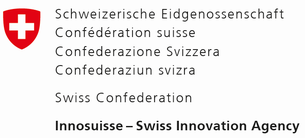


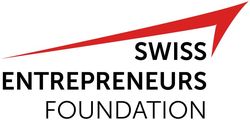


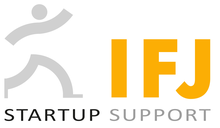









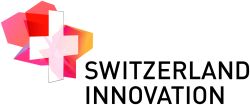




















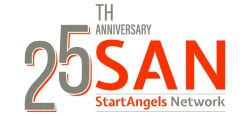









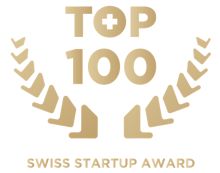





Please login or sign up to comment.
Commenting guidelines